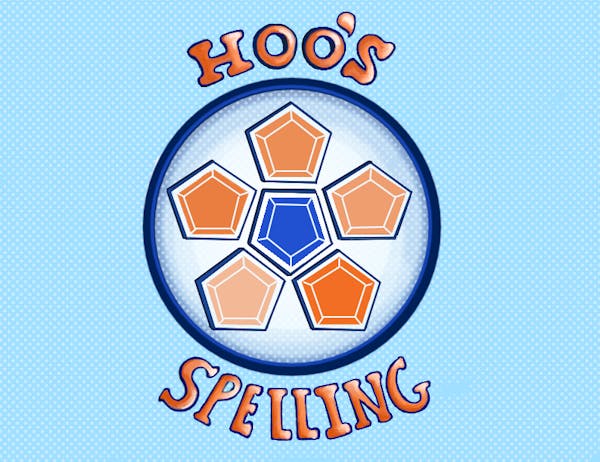Context is important. Maybe I missed something, but there seemed to be a lot of context missing from "Pitching the budget," a story about the University's athletic budget that ran in The Cavalier Daily last Friday.
Some of the information in the story was interesting. For example, the football team brought in more than 22 percent of the athletic department's revenue and accounted for less than 20 percent of its expenditures. It is not usual that at a school with a Division I Football Bowl Subdivision program, the football team would bring in more money than it spends. Very few collegiate athletic programs take in more money than they send back out. According to a report the NCAA published last year, 18 of 333 Division I programs managed to show a positive cash flow for each year from 2004 through 2008. In 2008, 25 of those programs showed a profit.
All of the money makers were in the FBS. Glancing at the report again a few minutes ago (It is available online.), it looks like that 22 percent of the budget the University's football team generated is considerably lower than the FBS median. The story did not tell me that.
The story did tell me, "Most departments at the University draw funding from the state, private sources and student fees. But the athletic department's funding model relies on entirely different sources."
Then it told me, "Ticket sales, payments from the Atlantic Coast Conference and NCAA, private gifts and student fees constitute the bulk of the department's revenue." Private funding and student fees are on both those lists, so they are certainly not "entirely different."
Quite a bit has been written about student athletic fees at Virginia's public universities lately.
I learned last month from The Washington Post that students at the University pay $657 annually in athletic fees. That is considerably more than students at Virginia Tech pay - $257 a year, if I decoded the Tech web site correctly. But it is much less than the Post tells me those fees are at Radford University ($1,077) and Longwood University ($2,022). Neither Radford nor Longwood have a FBS football team, so students pick up a much bigger percentage of the cost.
In September, USA Today reported that student fees at the University put more than $11.8 million into the athletic department's $63.6 million budget in the 2008-2009 academic year. Virginia Tech's students contributed more than $6.4 million that year, but they do not get tickets to games for that investment. According to Tech's web site, "This fee allows students the opportunity to enter an online lottery process for free student tickets for in-season home athletic events."
That is an expensive lottery ticket.
The median for student fees' contribution to FBS athletic programs, according to that NCAA report, was $2.9 million.
I have written a story like this, so I know it can be difficult to get all the numbers needed to make comparisons. But the comparisons are important. How do the University's athletic budget and student athletic fees compare with peer institutions? With other Virginia universities? With other Atlantic Coast Conference schools?
That Cavalier Daily story compared the scholarships and funding allocated to several teams. And that was good. It would have been better if the story gave me some extra-University frame of reference. Does the Cavalier baseball program get more of less money than the Florida State program? How does the money spent on Wahoo golfers compare with the budget for Wake Forest's golf team?
But you know what would have been even more interesting to know? How does the athletic department's budget compare with, say, the English department's budget? I have no idea. Well, I have an idea, but I don't have any numbers.
According to a Roanoke Times story a friend of mine wrote about Virginia Tech a couple of years ago, the Hokies' athletic department's revenue in 2007 was larger than the operating budget of seven of Tech's eight colleges. The same story said Tech's athletics lost $3.9 million from 2004 to 2006. And that was nearly $15 million better than the median schools in the FBS over the same period. How does the University of Virginia fall on that measure? I don't know.
Facts are good. Numbers are useful. But they are much more useful when there is something to measure them against.
Context is important.
Tim Thornton is the ombudsman for The Cavalier Daily. He can be reached at ombud@cavalierdaily.com.






